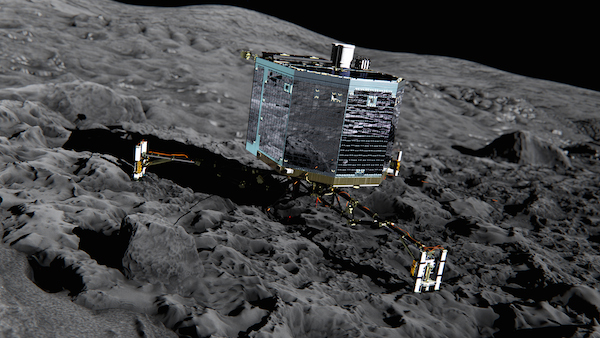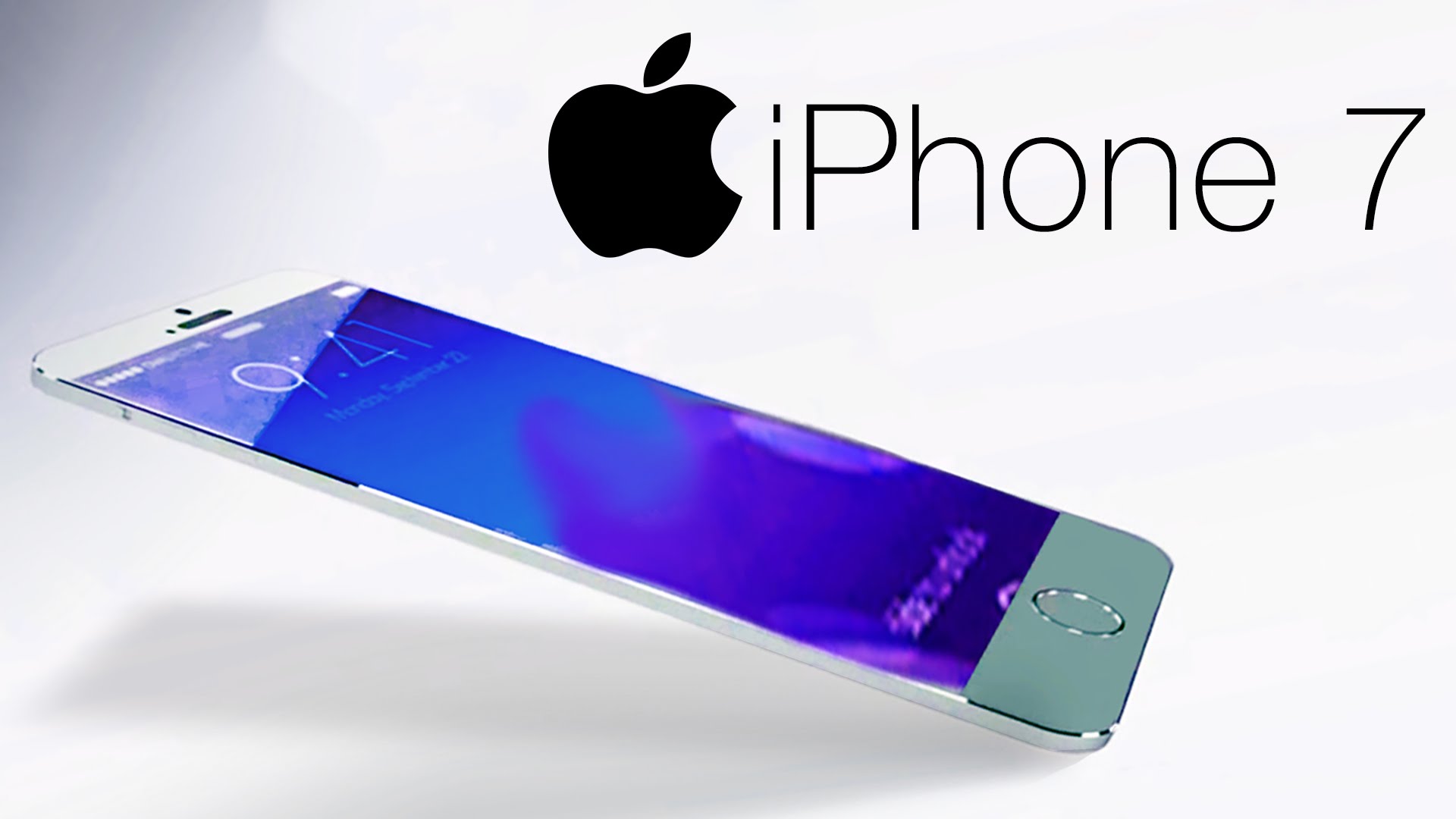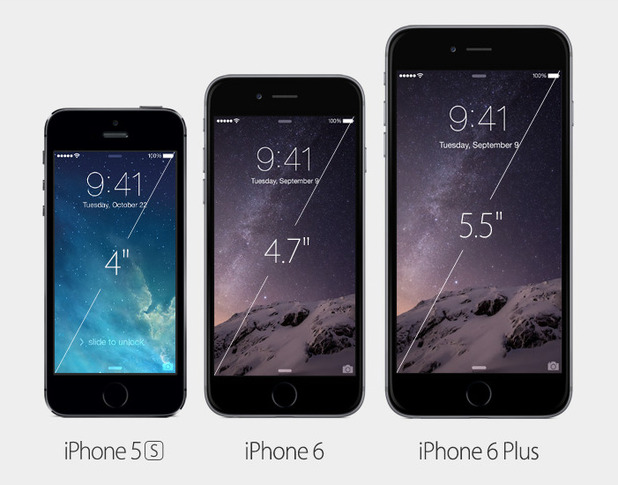For the first time in the history of space aviation, scientists from the European Space Agency have landed a robotic spacecraft on the surface of a comet. The lander, called Philae, had left the Earth on March 2, 2004 on board the spacecraft Rosetta. After 10 years, on November 12, 2014, the Philae lander landed on the surface of the Comet 67P/Churyumov-Gerasimenko.
There have been several comet missions in the past, but none of them have successfully landed on the surface of a comet nucleus. The $1.58 billion mission aims to study the surface of comets and understand how their behavior changes as they get closer to the Sun. 7 hours prior to the landing, the signal had broken from Philae as it entered the comet’s atmosphere.
As it landed on the surface, scientists at the European Space Agency rejoiced as their years of hard work had finally paid off. An excited Philae lander manager, Stephen Ulamec said, “We are there. We are sitting on the surface. Philae is talking to us. We are on the comet.”
However, not all was good at the mission control in Darmstadt, as news came in that the harpoons that were going to fire the craft onto the surface of the comet. This is important for the mission since the gravitational pull of the comet is very low to keep the lander on its surface.
The images beamed back from the Philae show a beautiful landscape of the comet, which includes craters, boulders, pits and precipices.



















